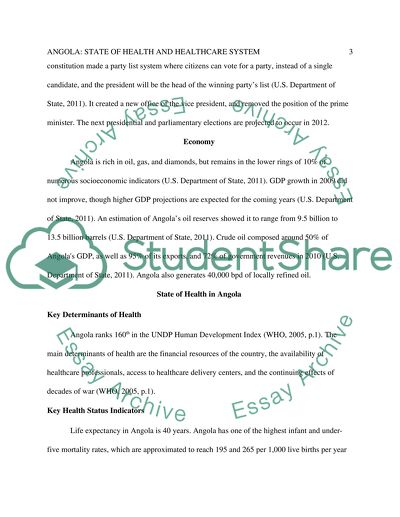Cite this document
(“Angola: The State Of Health And Healthcare System Term Paper”, n.d.)
Retrieved from https://studentshare.org/nursing/1435565-angola-high-mortality-rate
Retrieved from https://studentshare.org/nursing/1435565-angola-high-mortality-rate
(Angola: The State Of Health And Healthcare System Term Paper)
https://studentshare.org/nursing/1435565-angola-high-mortality-rate.
https://studentshare.org/nursing/1435565-angola-high-mortality-rate.
“Angola: The State Of Health And Healthcare System Term Paper”, n.d. https://studentshare.org/nursing/1435565-angola-high-mortality-rate.


